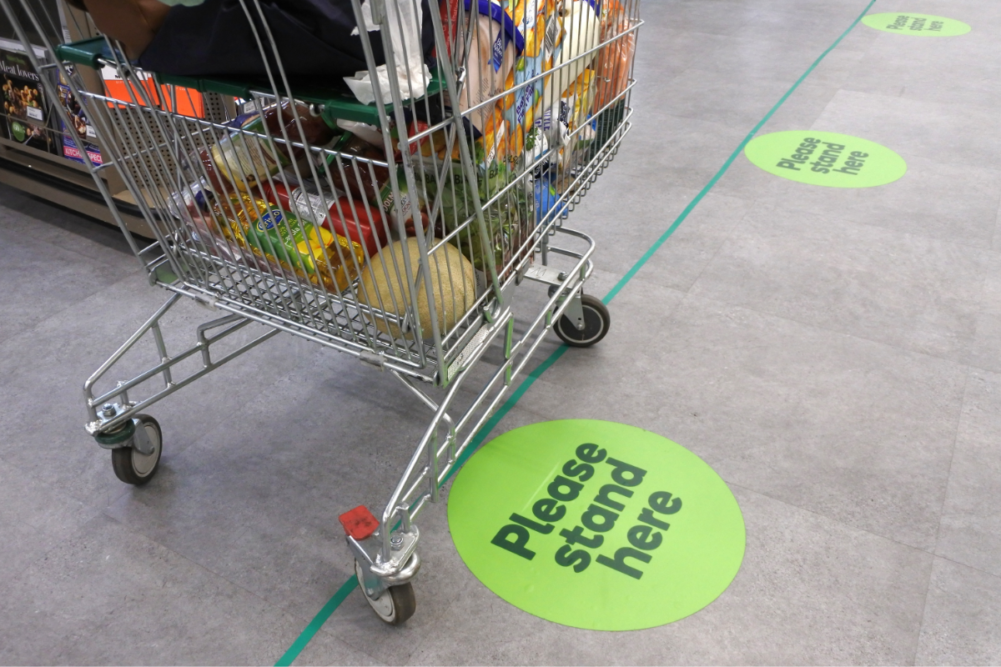REDWOOD CITY, CALIF. — As COVID-19 cases are surging across the United States, the latest shopper survey from Shopkick suggests that consumers are adjusting their habits again.
Nearly half of Americans (48%) are more concerned about the pandemic now than they were a month ago, leading shoppers to stockpile essentials at higher rates than at the start of the pandemic.
The key findings from Shopkick’s survey of over 8,000 from Nov. 23-25 consumers include:
-
Steady Instore Shopping: According to 92%of Americans, at least one person in their household is still purchasing essential items from physical stores, including big box retailers (88%), grocery stores (80%), drug stores (61%), dollar stores (54%), club stores (43%), and convenience stores (30%).
-
Consumer Discomfort: Although most are still shopping instore, 36% of consumers feel less comfortable doing so now than a month ago. In fact, almost half of Baby Boomers (47%) say they are taking fewer store trips per week than one month ago, compared to Gen X (43%), Millennials (38%), and Gen Z (38%).
-
Stockpile Spike: Sixty-one percent of consumers say they are stocking up on essentials like toilet paper (87%), food items and water (85%), cleaning supplies (67%), hand sanitizer (61%), medicine and medical items (48%), and pet supplies (37%). This is a noticeable jump from the first wave of COVID-19 in March, when a Shopkick survey found that less than half of consumers (47%) were stocking their pantries.
-
Keeping an Eye on Cases: Of the 39% of consumers who are not currently stockpiling the essentials, nearly half (47%) say they will if COVID-19 cases continue to rise at the current rates.
-
More Millennials are Stocking Up: While similar across the board, Millennials are the segment stocking up the most (65%), followed by Gen X (62%), Gen Z (59%), and Baby Boomers (57%).
“These findings should serve as a huge wake-up call for retailers and brands,” said Dave Fisch, general manager of Shopkick. “The same issues that severely impacted supply chains during the first wave of COVID have returned as consumers revert to stocking up and panic buying. Retailers and brands must act immediately to implement strategies that will help keep store shelves well-stocked in order to maintain sales and consumer loyalty during this time.”

